There needs to be a price list specific to the broadcasting industry.
In 2022, the Radio and Television sector nationwide will have total assets of VND 31,000 billion, more than 15,800 employees, and total revenue of over VND 15,000 billion. Currently, the country has 78 radio channels, broadcasting more than 78,000 minutes/day; 192 television channels, broadcasting more than 236,000 minutes/day. Although television is still the media with the highest frequency of use (second only to the internet), users are shifting their viewing habits from TV to Online, especially for people under 35 years old.
Therefore, the trend of television advertising also needs to change, units need to shift priority from traditional channels to digital channels, improve user experience; cooperate in large-scale content production with new and original content; widely distribute multi-channel, multi-platform, multi-screen and diversify revenue sources...
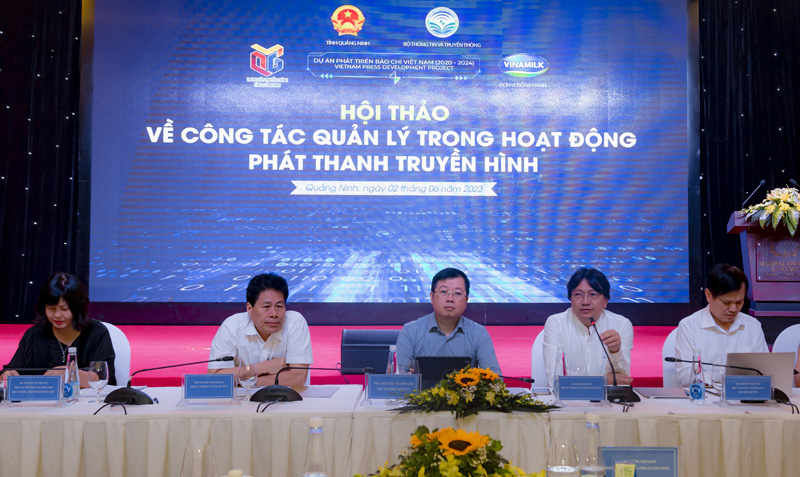
Delegates attending the "Workshop on management work in radio and television broadcasting activities".
However, in reality, the operations of TV stations are also facing many difficulties and problems regarding economic and technical standards, program production unit prices, ordering mechanisms when financially autonomous...
Local stations also recommended support from using single IT application software to using shared application software for databases and online tools. Support for digital content development so that the nature of the content is suitable for listening and viewing trends on digital platforms, production skills must adapt to the characteristics of the audience generation as digital public. Implement management measures to reduce negative impacts from violations of online advertising, bad and toxic information on foreign social networking platforms, etc.
Director of Quang Tri Province Radio and Television Station, journalist Vo Nguyen Thuy, said that before applying the recently approved unit price, the station's programs had better unit prices. But now, if applying the new unit price including salary, the price will be 5.2 million for a television product of about 10 minutes. Currently, the districts, agencies, departments and branches of the province will stick to this unit price to request the station to sign the order, with such a unit price, we have to accept that we are forced to stop production. This causes difficulties in the operation process.

A group of reporters approached the scene of a landslide caused by a natural disaster in Cua Troi, Cop village, Huong Phung commune (Huong Hoa, Quang Tri).
The Director of Quang Tri Province Radio and Television Station said: "In the regulations when making unit prices, it is necessary to calculate working days for radio and television works, but calculating the price at the same level as many other common professions without taking into account the specific characteristics of this profession will be very difficult. Meanwhile, there are many topics that television reporters declare very difficult, take a lot of effort, and even affect their lives... Closing the unit price as low as other professions will cause difficulties for local stations. I hope that the Ministry of Information and Communications will have policies and mechanisms to remove difficulties, ensuring the maintenance of professional activities as well as political tasks at local stations" .
Payment must be linked to the effectiveness of the program.
From another perspective on ordering, Mr. Nguyen Truong Son, Chairman of the Vietnam Advertising Association, said that we have been working for 10 years on the price appraisal council for radio and television programs, so the question is how to have appropriate rates? Previously, fixed rates were calculated according to available unit prices, but now when ordering, the state needs to add more conditions to press works, which are the spread and transmission, which can be measured by Rating (the average number of viewers per minute of a media). And not only Rating on television but also Rating on social networking platforms.
The State can order this type of television work to be transmitted to the people with a minimum rating. It is possible to build a type 1, type 2, type 3 rating. If the rating is type 1, the standard needs to be increased and similarly, type 2 and type 3 need to have a lower standard. This is the basis for acceptance. And this is also the motivation for stations to create more attractive and unique radio and television works with more reach.
Mr. Nguyen Truong Son, Chairman of the Advertising Association, suggested that TV stations need to promote local content, build their own brands and strengths. “We cannot just do radio and television, we need to do multimedia communication, not just do radio and television. That means we have to expand production, on social networking platforms, organize events, do many things to get funding, complete the task of propagating the Party's and State's policies and guidelines for localities.”
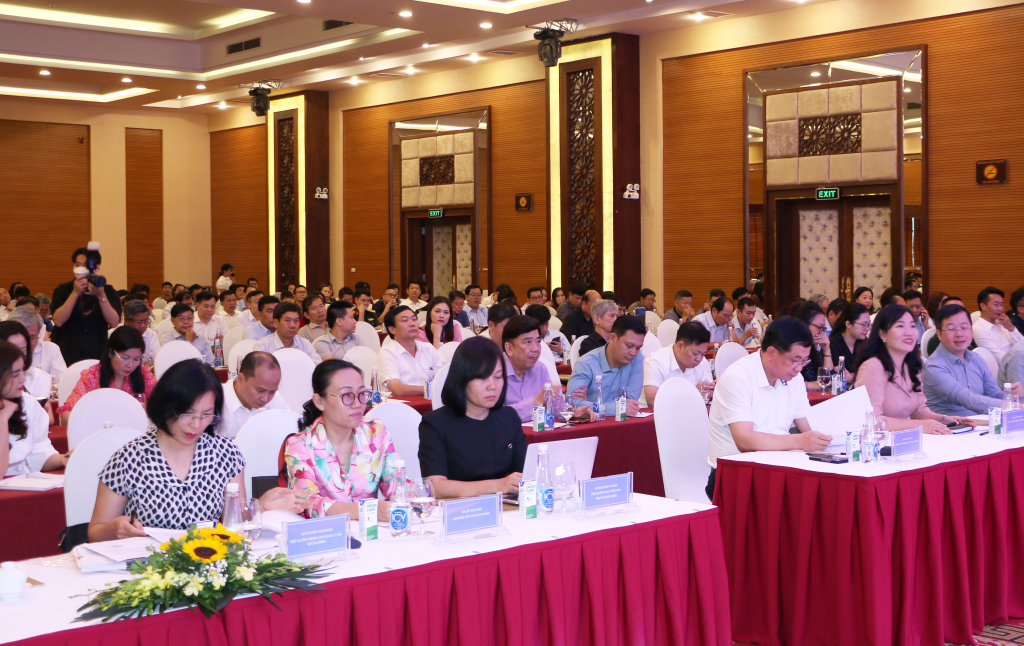
Delegates attending the Workshop on management work in radio and television broadcasting activities.
Sharing about this issue, Deputy Minister of Information and Communications Nguyen Thanh Lam emphasized that local stations need to make efforts to advise and make recommendations to change the way of accepting state-ordered products in the press sector. State orders need to be accepted, and payment must be linked to the effectiveness of the program. We are misunderstanding that technical and economic standards are the only factor that makes up the price of the product. We still have a large part of the actual cost.… Local stations that have not yet implemented this should learn from localities that have done a good job of building this unit price.
However, the state's orders in the field of radio and television in particular will certainly have more factors in evaluating the effectiveness of state orders using many specific criteria. Including criteria on the spread of press works. Units need to pay attention to using a set of measurement tools for evaluation.
“In June, the important thing is to submit a revision to the list of public career services using the State budget in the field of information and communication. In which, we will add a series of tasks, expenditure items that do not exist yet, and transmission costs on all infrastructures, from traditional to network infrastructure. Without this, we will not be able to convert the press digitally and we will protect this,” said Mr. Nguyen Thanh Lam.
Source





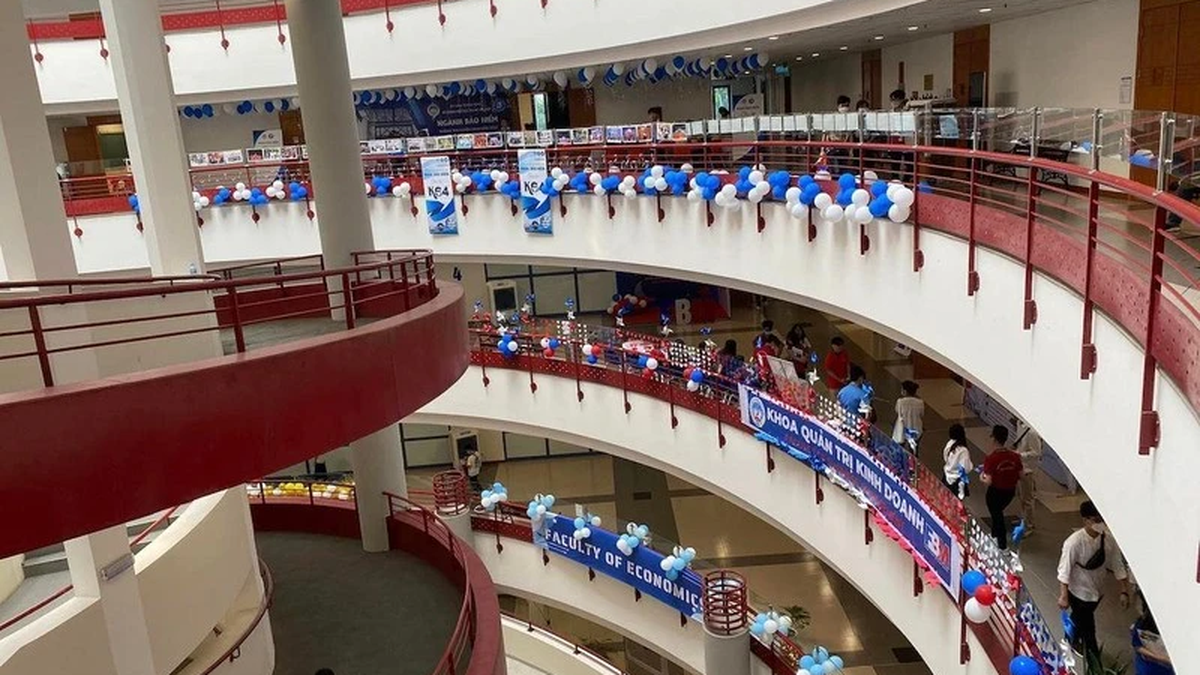
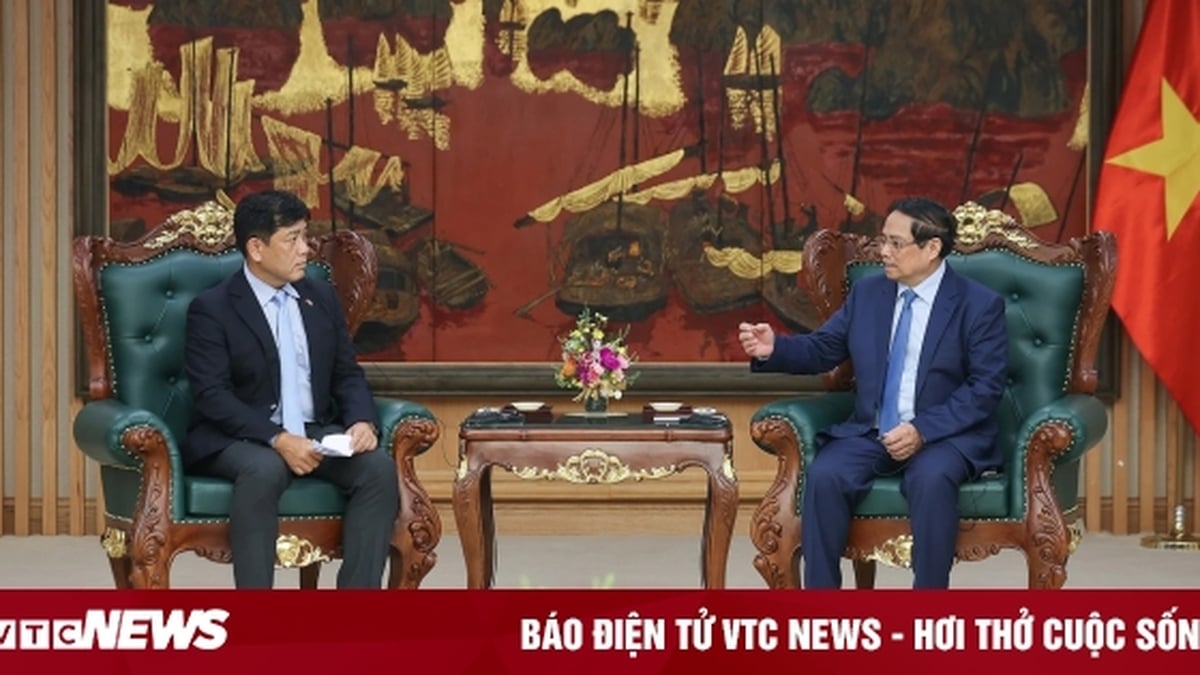



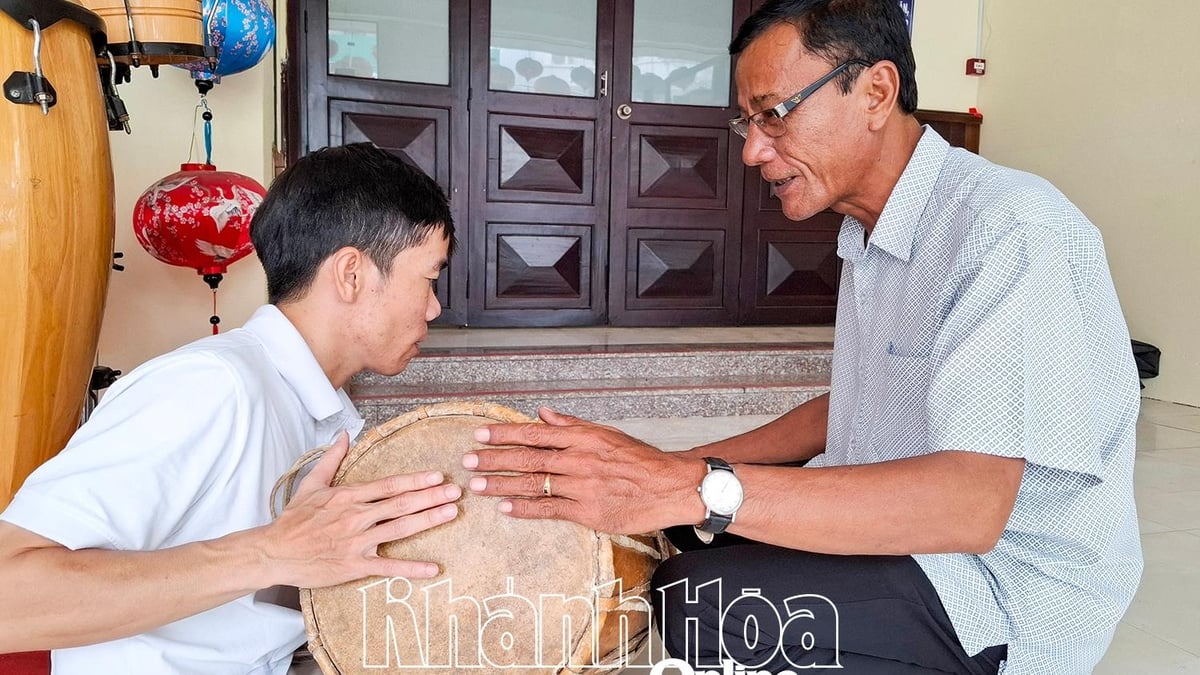


















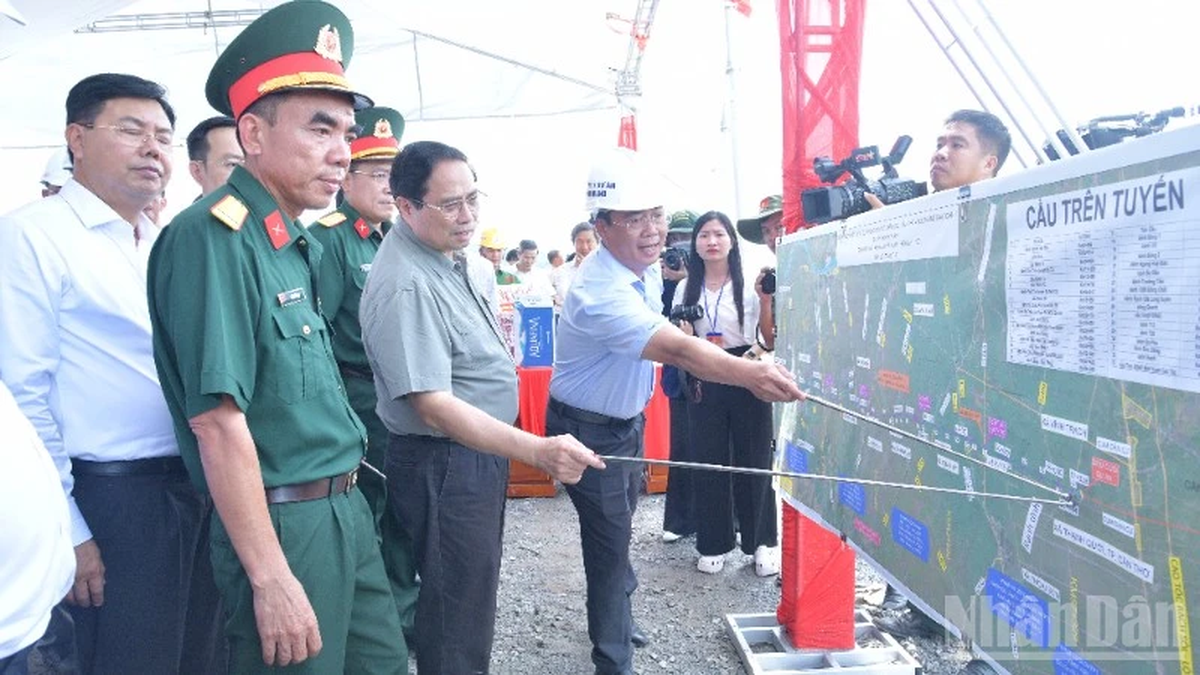


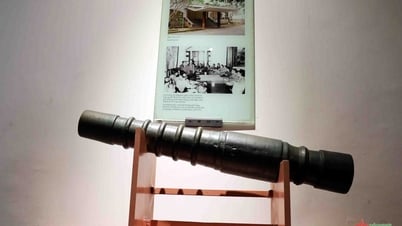





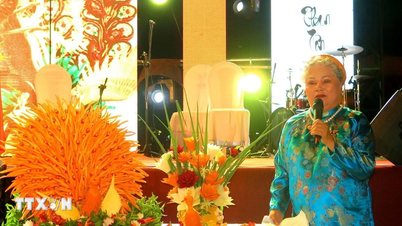























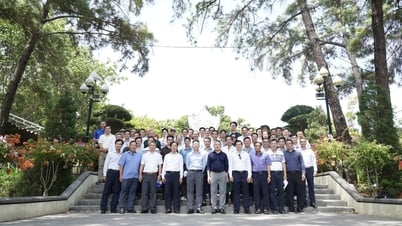


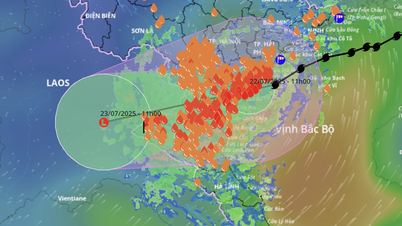
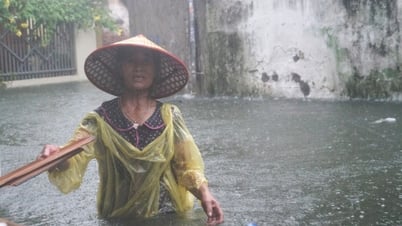
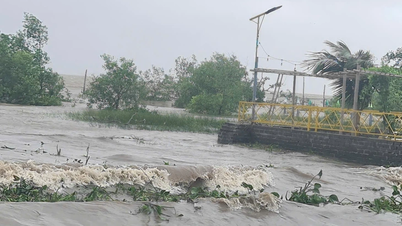



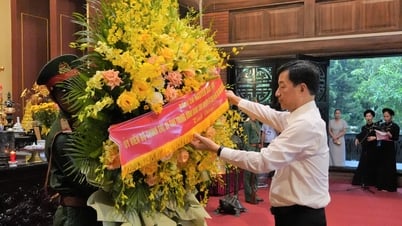

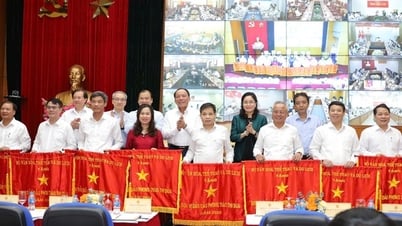


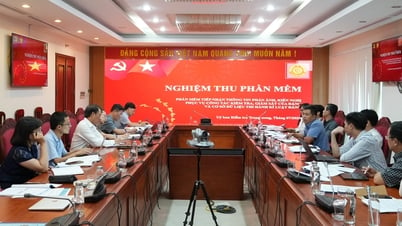


























Comment (0)